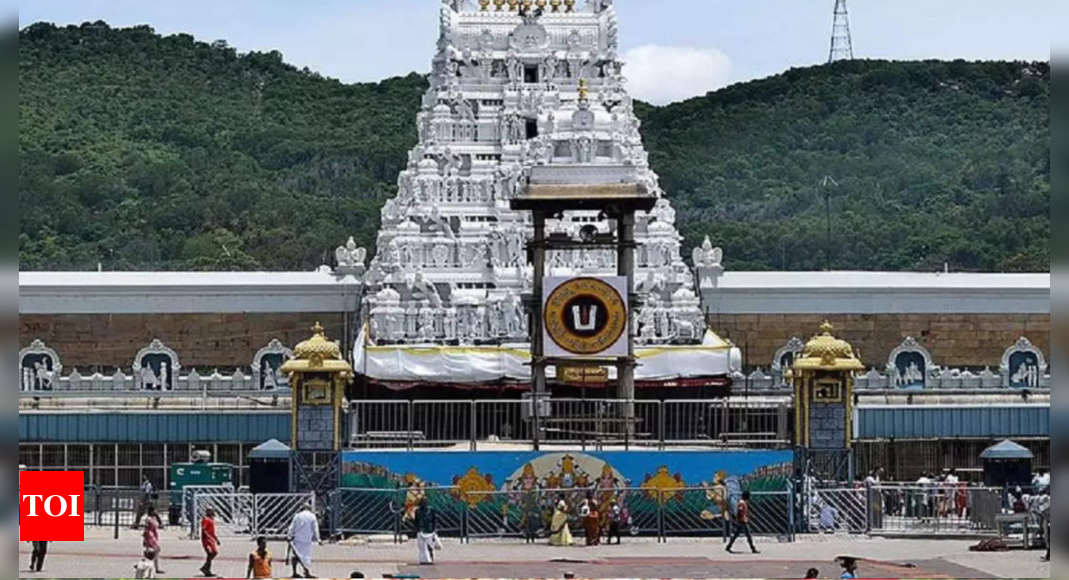MUMBAI: The toxicity in the air in Mumbai has worsened from what it was before the pandemic. A report comparing quality of air in different cities has pointed out that Mumbai showed a 2.6% rise in toxic PM2.5 levels since 2019. The analysis is significant as it confirms that dust and pollutants in the city’s air exceed the level reached before the lockdowns in 2020 brought clear blue skies and clean air.
The findings indicate that spikes in industrial areas and the eastern suburbs have turned them into pollution hot spots. PM2.5 levels are exceeding 45 µg/m³ in winter in some places, according to the report by Respirer Living Sciences, an agency involved in monitoring air quality in real-time and suggesting solutions.

The report also raises concerns over poor wind dispersal due to the increase in high rises. Titled “Toward Cleaner Skies: An In-Depth Analysis of Air Quality Improvements in Indian Cities (2019-2024)”, the study was released on Tuesday to mark the 6th anniversary of the National Clean Air Programme (NCAP).
The report said Mazgaon (57.1 µg/m³) is the most polluted area due to dense traffic and industrial and construction activities. Other places which showed higher levels of PM2.5 are Worli, Malad West, Andheri-Chakala, BKC, Shivajinagar Mankhurd, Deonar, and Chembur.
Conversely, Borivali East (20.4 µg/m³) reported the cleanest air, benefiting from better green cover and lower vehicular density. Other such places which showed lesser toxicity are T2 airport, Powai, Vile Parle, Mulund, and Vasai.
The report, which used data from the AtlasAQ Platform, says the city recorded annual average PM2.5 level of 36.1 µg/m³ in 2024, marking a 2.6% increase since 2019 (35.2 µg/m³). While Mumbai’s pollution levels remain significantly lower than in Delhi (107 µg/m³), the surge in PM2.5 underscores the need for targeted measures, it added. The spike in PM2.5 places the city in the ‘moderate’ or ‘non-satisfactory’ pollution category.
On the positive side, the report said the city experienced improvement in number of ‘good air’ days, from 164 in 2021 to 184 in 2024. “The heatmap of the city suggested that PM2.5 levels remained relatively low in monsoon but showed a consistent rise in November, showing the city’s struggle with winter air stagnation and construction-related dust,” it said.
“In western suburbs, construction activity and vehicular congestion appear to have contributed to periodic spikes, particularly during peak hours. Similarly, in the eastern suburbs, proximity to industrial zones and waste burning has led to persistent pollution levels above the city’s average,” the report stated. Open burning of municipal waste and emissions from ports and refineries added to the load. NCAP, which initially targeted a 20-30% reduction in PM2.5 and PM10 levels by 2024, later revised the target to a 40% reduction by 2026, the report said.
“Mumbai’s increasing pollution levels reflect the challenges of urban expansion, vehicular density, and localised industrial emissions,” said Ronak Sutaria, Founder of Respirer. Accelerating EV adoption, strict industrial pollution control, and better waste management practices, it said, can help Mumbai clean up its act.




